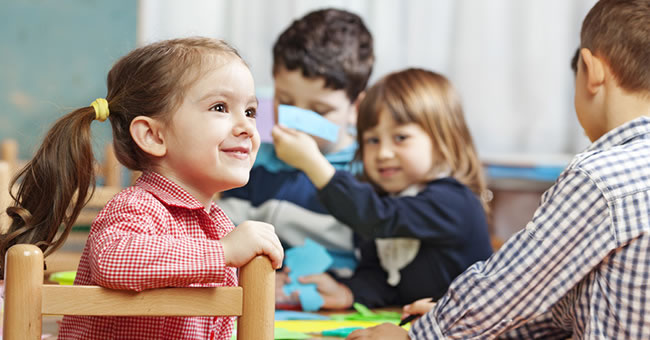
How effective are the routines and transitions in your classroom? Children excel when they follow a schedule that is well thought out, so it's important that you take the time to plan routines that incorporate a few simple transitions throughout the day. Effective routines and transitions can also reduce challenging behaviors and impact the classroom learning environment–children are more likely to feel safe in your care if the routines and transitions you plan promote a caring, positive environment. In his book When Nothing Else Works, William DeMeo, PhD, lists the following tips for you to remember as you plan and develop effective routines and transitions for the children in your care:
- Keep the number of transitions throughout the day relatively low. Transition times can help children move from one activity to another, but too many transitions are stressful for both children and adults.
- Planning ahead is an important part of creating effective routines and transitions. You need to examine the classroom environment to ensure it supports planned transitions and find ways to make transitions flexible and fun for children.
- Make sure children know what is expected of them during transitions. This will help them develop self-regulation skills. You can also encourage self-management by actively teaching children the sequence of activities.
Dr. DeMeo also provides the following checklist to help you create effective routines and transitions and assess the ones you are currently using:
- Think through the steps of a routine.
- Introduce the routine in small groups or by using the daily schedule to clarify when the routine takes place.
- Develop procedure cards that contain pictures of each step of the activity.
- Point to each pictured step while giving children simple directions.
- Demonstrate each step yourself, making sure you point out the space and materials used.
- Use humor to add emphasis and to avoid potential problems.
- Select volunteers to go through the routine or use peer models to demonstrate the appropriate behavior.
Remember, children who have special needs or struggle with routines and transitions may need extra support. Read When Nothing Else Works for additional information about dealing with challenging behaviors in the classroom, and be sure to check out our social-emotional section for a variety of materials you can utilize in the classroom.
Related Articles
Addressing Challenging Behaviors
Handling Biting in Infant-Toddler Environments
